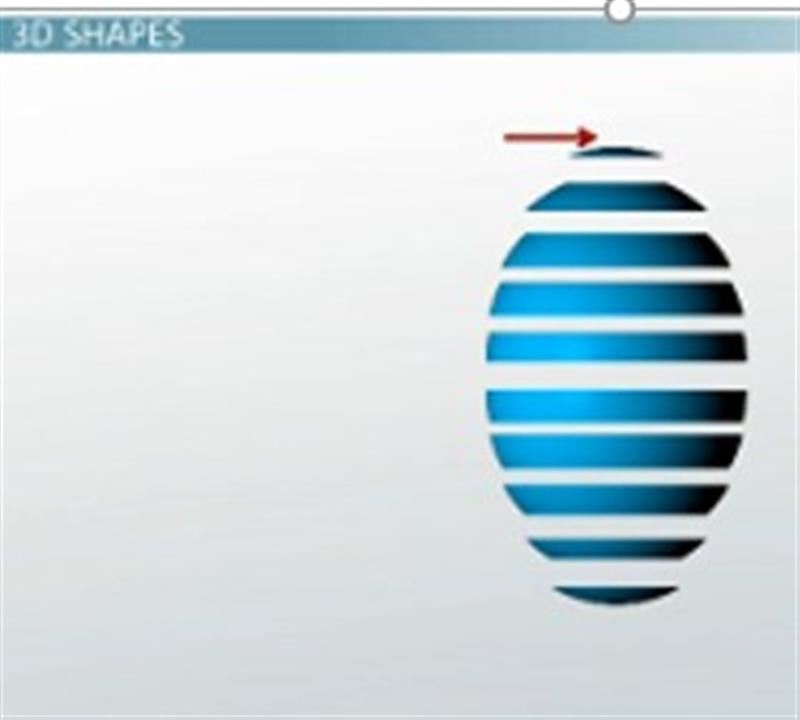3D Shapes

Spheres are 3D shapes that do not have the same dimensions from top to bottom
Okay. Square peg - square hole. Rectangular peg - rectangular hole. Triangular peg - triangular hole. Circular peg - circular hole. Well, that's fine but these are all 3D shapes. So this brings us to my two ways to classify 3D shapes.
The first, shapes that are the same from the top to the bottom. So, here we go with the pegs. We've got a can. So, a can will fit in this circular hole and it will fit the same, no matter if it is the beginning of the can or the end. There's no difference. It's just a cylinder. A cube is another example. So, here the bottom of the cube - this cross-section here - looks just the same as the top. Prism - same thing, except now your cross-section looks like a triangle.
The second classification for shapes, are shapes that aren't the same from the top to the bottom. So, these are things like a square pyramid, where we've got a square on the bottom and a point at the top, or a regular pyramid with a triangle on the bottom and a point on the top. If I put the square pyramid into my hole, it will be a square at the bottom, but at the top it will just be a little point going through that hole. Same thing with the triangular pyramid. A sphere is another example. If you slice through a sphere at the top, you're going get a little, teeny, tiny circle. At the very top you're going to get no circle whatsoever. It's just going to be a point. In the middle, the circle's going to be big. So imagine you're taking an onion, and if you cut straight down, perpendicular to the cutting board, you're going to end up with a lot of differently sized circles.

How to find the volume of a cylinder
Volume of 3D Shapes
So, what does this mean in terms of finding the volume? Well, for anything that has the same shape on the top and the bottom and all the way through, like the can, the cube and the prism, the volume is just the height times the area of the base. So, here we've got our can. We've got height. The base area is just pi r 2. So, there's my base. So, the volume is h(pi r 2). Say now I've got this box, this trunk of sorts, with a base that is a square. So, now my base area is s^2 because that's the area of a square, and my volume is going to be the base area, s 2 times h. So my volume is h(s 2). So, you can do this for anything where the cross-section is the same from the top to the bottom. Say your base area is an E. It looks like a big E. Same thing. Base area times the height will give you the volume.
So, what about things that change? Let's look at some of those. For example, a sphere: the volume of a sphere is 4/3 pi r 3. A hemisphere is just half a sphere, and so the volume of a hemisphere is 1/2 (4/3 pi r 3), which is also 2/3 pi r 3.
Pyramids and cones are treated very similarly to one another. So, each one has a height, and the volume is the h/3 (area of the base). You can remember this for both of those. So, the area of the base of a cone, obviously, is the area of this circle, and for a pyramid it's going to be, in this case, a triangle, sometimes a square, but that's going to be the area of the base.

How to find the volume of pyramids and cones
Lesson Summary
So, let's a recap. When you're trying to find the volume of something just remember if it's a square peg in a square hole. If the base cross-section is the same as the cross-section throughout the entire volume then your volume is the base area, or one of those cross-sections, times the height. If it's not the same, then you need to remember one of the other rules. For example, for cones, your volume is h/3 (base area). For circles, just remember the equation for the volume of a sphere: 4/3 pi r 3.